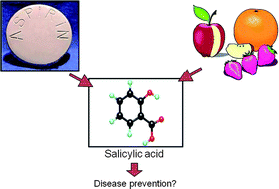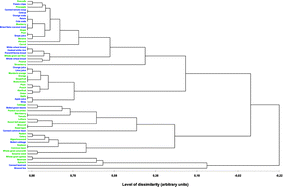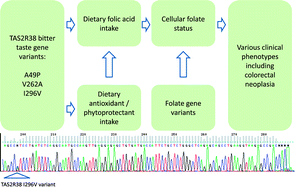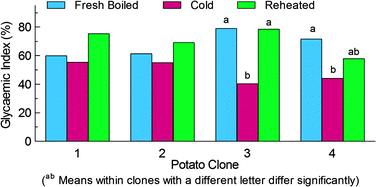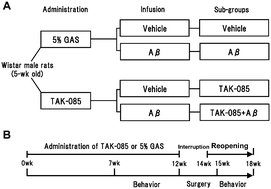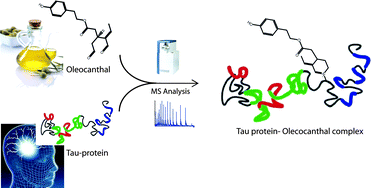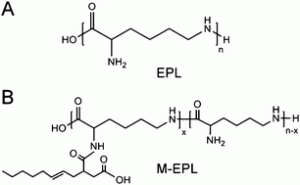Scientists from Coimbra, Portugal, have investigated the anti-oxidant behaviour of a series of dietary chromone derivatives. Anti-oxidant compounds are important for our health because the balance between free radicals and antioxidants in the body has been linked to damage in DNA and proteins, which can thus result in cardiovascular diseases or cancer.
In this paper, the free radical scavenging ability of several chromone derivatives were investigated and a theoretical ab initio approach was used to help explain experimental results. The ring substitution patterns of the various chromones were found to be related to their anti-radical behaviour, 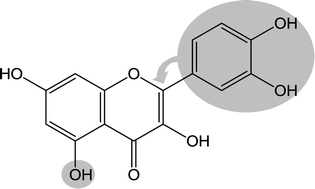 whereas the chromone core by itself does not ensure radical scavenging activity. The structure–activity relationships (SARs) established during this study may assist the development of tailored novel compounds for the prevention of cancer or cardiovascular disease in the future.
whereas the chromone core by itself does not ensure radical scavenging activity. The structure–activity relationships (SARs) established during this study may assist the development of tailored novel compounds for the prevention of cancer or cardiovascular disease in the future.
To read the full article for free, click the link below:
Dietary chromones as antioxidant agents—the structural variable, M. M. Dias, N. F. L. Machado and M. P. M. Marques, Food Funct., 2011, DOI: 10.1039/c1fo10098j











